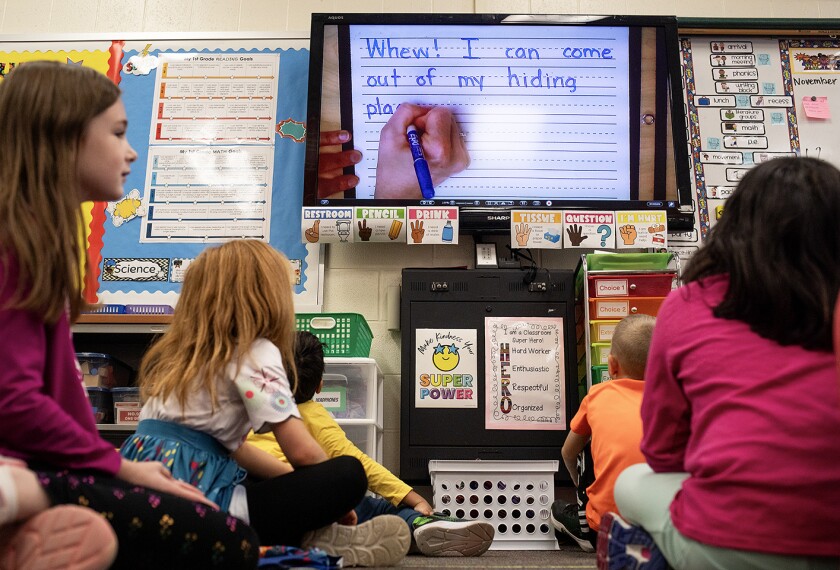To the Editor:
In response to “Study Gives Edge to 2 Math Programs” (March 4, 2009), which reports on the findings of a federal comparison of four popular math curricula:
As a teacher who has used only the Investigations in Number, Data, and Space program, I am in no position to compare it with the other three curricula tested. But I agree with the study that there are problems with the program.
My complaints have to do with the convoluted language, unclear directions, and poor layout that make the curriculum inaccessible to many students with learning disabilities. The new version is particularly limited in the range of students it works for—too easy for advanced students and too incomprehensible for students with delays. (I say this to make it clear that my objections to your article and this study are not an attempt to defend TERC, the organization that developed Investigations.)
My objection to your article is that it did not elaborate on which mathematical skills were assessed. Did the study solely test students’ knowledge of math facts and procedures? Or did it also test their ability to problem-solve and apply math skills to real-life situations?
How was mathematical knowledge defined and was that definition aligned with the National Council of Teachers of Mathematics’ standards? Of the curricula tested, Investigations is the only one specifically designed to meet those standards. If other programs are doing a better job of meeting NCTM goals, that is extremely significant, but was not stated in the article.
My objection to the study is that I question the long-term relevance of 1st graders’ academic skills. First grade is a foundational year, and different schools have different philosophies about which kind of foundation is best. Naturally, they choose the curriculum that matches their approach.
If a school believes that 1st grade is part of early childhood, then its curriculum will emphasize hands-on explorations, which Investigations would support. As a result, those 1st graders may not decode or compute as well as their peers in more-traditional schools. But what difference does that make if by 3rd grade they have caught up with or even surpassed their peers?
In order for me to give this study credence, I would need to see its results replicated with the same students in two years.
Katherine Sorel
Special Education Teacher
Brooklyn New School, Public School 146
Brooklyn, N.Y.




